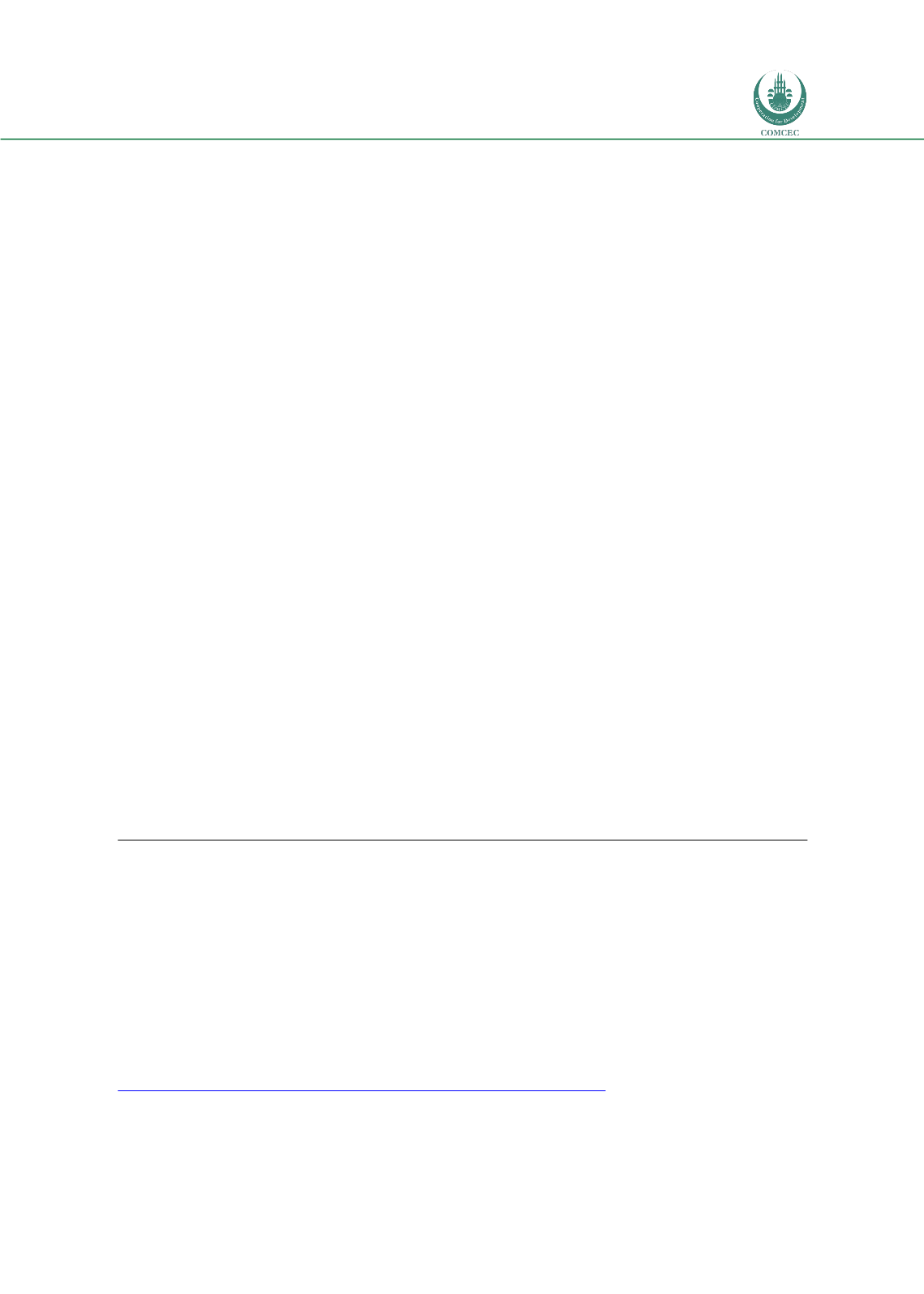

Forced Migration in the OIC Member Countries:
Policy Framework Adopted by Host Countries
173
For health care providers, communicating with asylum seekers to notify them of their rights
can be difficult. County authorities have complained that they are not always notified when
new asylum seekers arrive in the county, particularly those who arrive through family
reunification channels.
243
According to the Association of Communities and Regions, prior to
the fall of 2015, the Migration Agency would only provide counties with names and mailing
addresses of new arrivals, which quickly became out of date if individuals moved during the
reception process. In the last few months, the Migration Agency has begun to provide counties
with email addresses and phone numbers of new arrivals as well.
244
Authorities in some counties have also invested in efforts to better inform recognized
protection beneficiaries of their rights. For example, Stockholm offers 12 hours of health care
instruction as part of its civic introduction course for recognized refugees, and both Stockholm
and Malmö employ health care communicators/coordinators who are responsible for visiting
civics courses and reception centers and informing refugees and asylum seekers of their
rights.
245
Transportation can also pose challenges, particularly in rural areas; county authorities
provide reimbursements for transportation costs, but some individuals may simply not have
the money to pay up front.
246
To counteract this barrier, Malmö has created mobile health
units that travel to reception centers and rural towns to provide the health checks, although
they are limited in the types of care they can provide and are often unable to deal with
complicated conditions.
247
Language can be another barrier. Patients who do not understand Swedish are to be provided
with an interpreter free of charge,
248
but maintaining a sufficient supply of qualified
interpreters is a struggle for many municipalities.
249
A lack of quality interpretation can be
dangerous for patients who are unable to understand questions or instructions from care
providers. Arabic interpreters are most in demand, but county authorities often report the
most difficulties finding interpreters for more rare languages like Dari, Somali, and
Tigrinya.
250
Moreover, quality of interpretation can be highly varied as no common standards
or certification requirements exist for interpreters.
251
Dental and emergency care are most
affected by the shortage of interpreters, as are rural health services.
252
complete a check. Interview with Ewa Jonsson, Senior Advisor on Migration, and Alexandra Segenstedt, Expert on Family
Reunification, Swedish Red Cross, April 12, 2016
243
Interview with Anne Öster and Annelie Rostedt, Work and Social Affairs Office, Stockholm County Administrative Board,
April 12, 2016
244
Interview with Karin Perols, Sveriges Kommuner och Landsting, April 12, 2016
245
Interview with Anne Öster and Annelie Rostedt, Work and Social Affairs Office, Stockholm County Administrative Board,
April 12, 2016; and interview with Christina Stahl, Director for Patient Questions, Department for Health, Region Skane,
April 14, 2016
246
Malmö authorities reported seeing cases where people don’t show up because they cannot pay for transportation.
Interview with Christina Stahl, Director for Patient Questions, Department for Health, Region Skane, April 14, 2016
247
Interview with Christina Stahl, Director for Patient Questions, Department for Health, Region Skane, April 14, 2016
248
While the right to an interpreter is not stipulated by law, health care regulations do require that information provided to
patients takes into account an individual’s age, maturity, and linguistic background. This provision has generally been
interpreted to mean that patients should be provided with an interpreter when needed. Socialstyrelsen,
Tolkar för hälso-
och sjukvården och tandvården: Kartläggning våren 2016
, Article No. 2016-5-7, (Stockholm: Socialstyrelsen, 2016),
http://www.socialstyrelsen.se/Lists/Artikelkatalog/Attachments/20184/2016-5-7.pdf249
Socialstyrelsen,
Tolkar för hälso- och sjukvården och tandvården
250
Ibid.
251
Ibid.
252
Ibid.
















